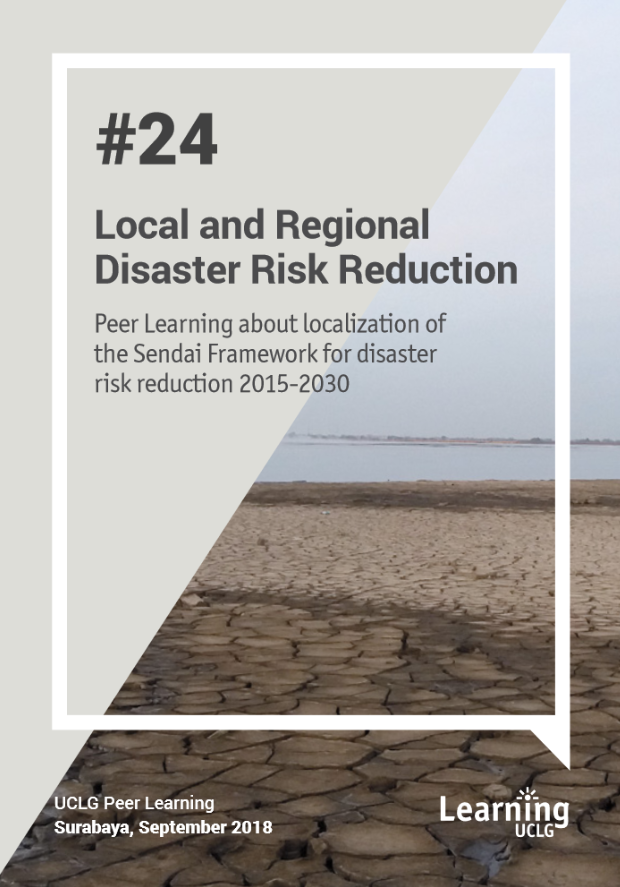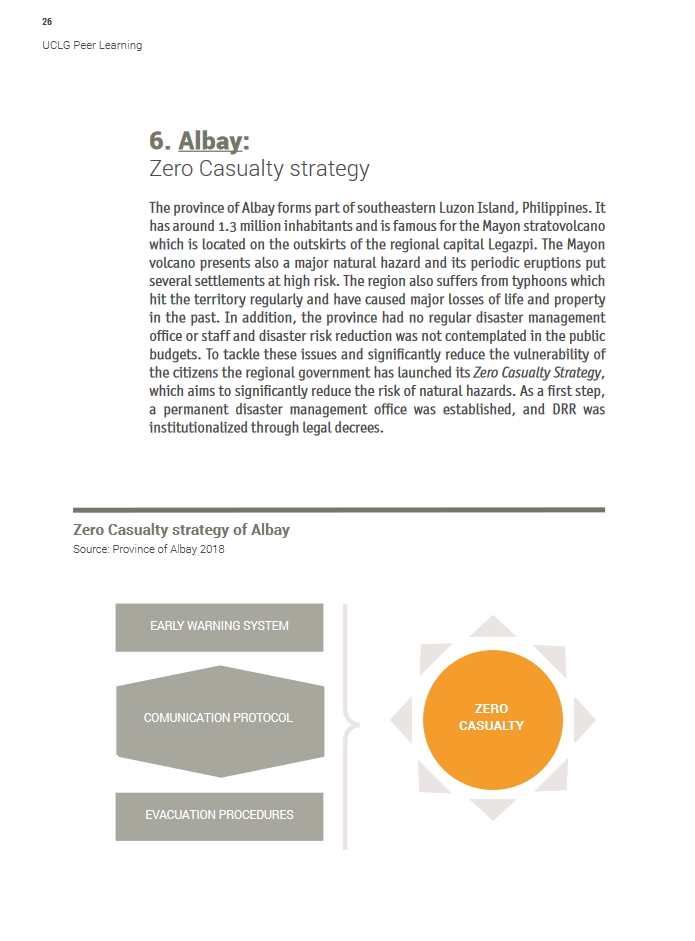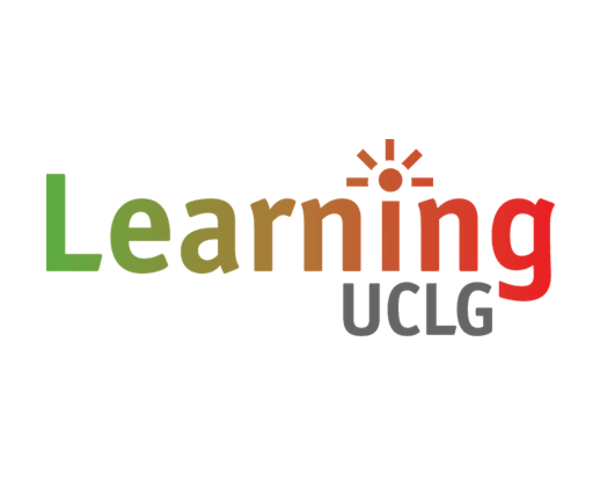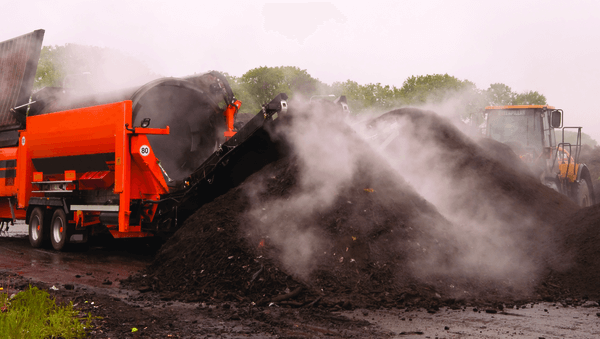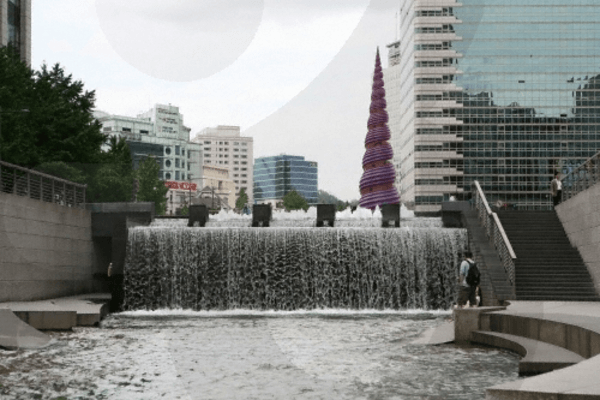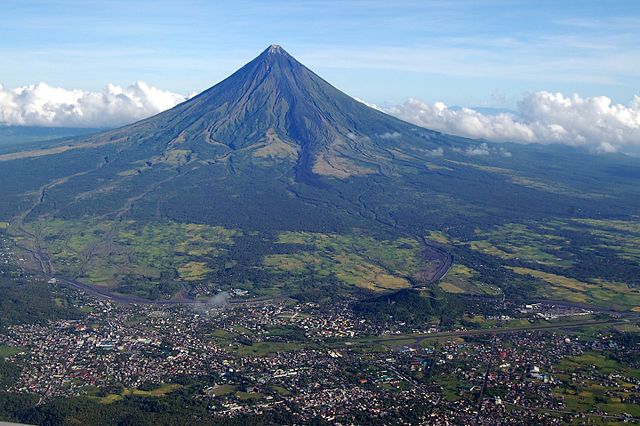
City
Albay (Province)
Main actors
Local Government, Regional Government, Community / Citizen Group
Project area
other
Duration
Ongoing since 1995
The province of Albay in the Philippines adopted strategies for disaster risk reduction (DRR) and climate change adaptation (CCA) to foster economic prosperity and keep its population safe.
The province of Albay in the Philippines is severely affected by tropical typhoons and volcanic eruptions which present a major threat to all citizens.
The "zero casualty" approach provides a framework to better respond to natural hazards and effects caused by climate change.
The approach includes capacity building of the community; children are educated on how to react in disaster situations and citizens are encouraged to participate in awareness raising activities on climate change.
The Disaster risk reduction and climate change adaptation strategy is based on institutional capacity development. The Albay Public Safety and Emergency Management Office plays a key role in disseminating communications and responses in times of natural hazards.
A regional real-time early warning system (including mapping and monitoring) and the establishment of efficient evacuation plans combined with legal and financial strengthening of disaster risk management has also been implemented.
This case study was contributed from the UCLG Learning Team.
Peer-Learning Note #24 on Local and Regional Disaster Risk Reduction
Guangzhou Award
This project was shortlisted for the 'Guangzhou Award' in 2012 in the following category: Deserving initiatives.
On Map
The Map will be displayed after accepting cookie policy
